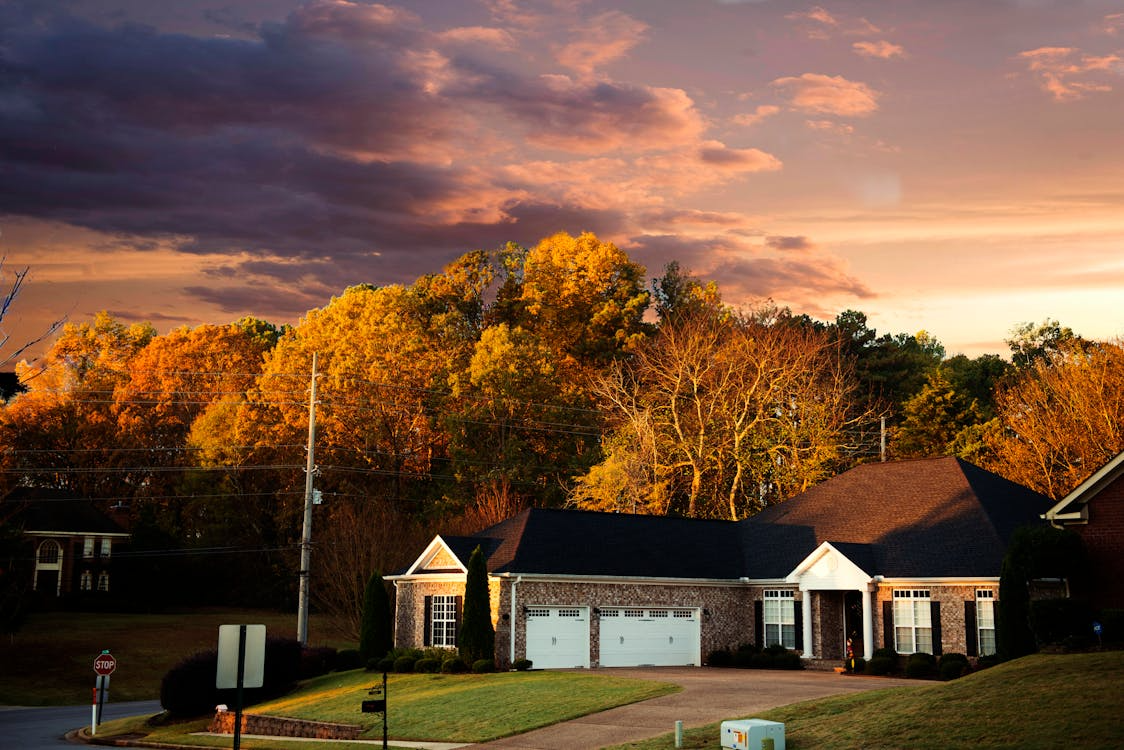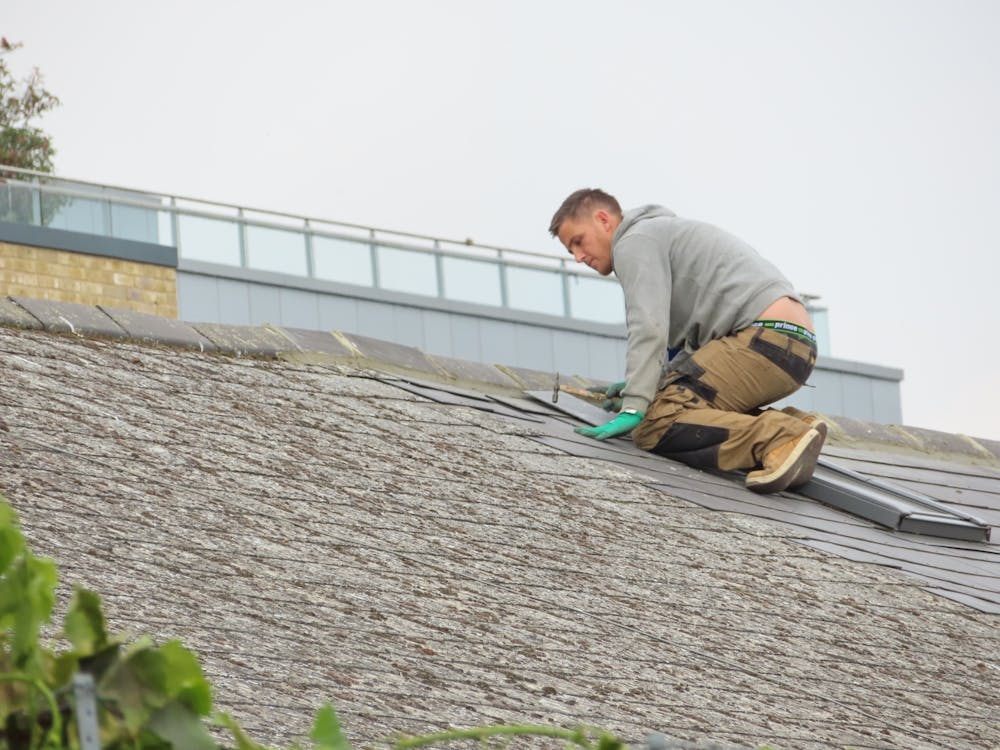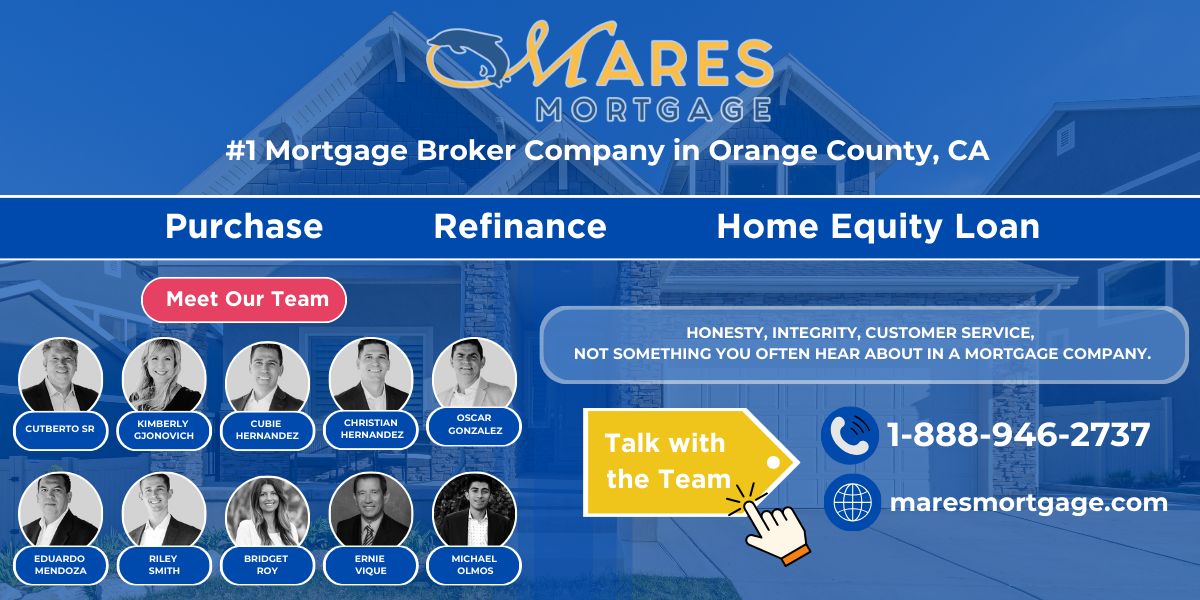Buying a home is already a major financial commitment, but the mortgage payment is just the start. Many homeowners get blindsided by costs that don't show up in those glossy property photos or even in initial closing estimates. These hidden costs to buying a home can quickly add thousands to your annual housing costs, sometimes catching first-time buyers completely off guard.
Understanding what you're really signing up for matters. The more you know about these overlooked costs before you close, the better you can budget and avoid financial stress down the road.
You've probably heard about closing costs, but what you might not realize is how much these fees have ballooned lately. According to the Consumer Financial Protection Bureau, median mortgage closing fees jumped over 36% between 2021 and 2023. For most buyers, that means nearly $6,000 in fees at closing.
Some of these charges fall into the category of what regulators call junk mortgage fees. Credit report fees have reportedly spiked anywhere from 25% to 400% in recent years due to lack of competition among credit reporting companies. Appraisal fees, title insurance costs, and origination fees can all vary wildly between lenders.
How to protect yourself:
When you get your loan estimate within three business days of applying, flip to page two and check part D for "Total Loan Costs." That's your real number to compare across lenders. Don't just accept these fees as fixed. You can negotiate, shop around, and ask lenders to justify charges that seem inflated.
If you put down less than 20%, you're likely facing private mortgage insurance, or PMI. This protects the lender if you default, but it costs you money every month.
PMI typically runs between 0.3% and 1.5% of your loan amount each year. On a $300,000 loan, that could mean anywhere from $900 to $4,500 annually, or roughly $75 to $375 added to your monthly payment.
The good news? You can drop PMI once you reach 20% equity in your home through mortgage payments and appreciation. Some homeowners speed this up by making extra principal payments or requesting a new appraisal if their home value has increased significantly. If you're considering ways to manage your mortgage costs, you might also look into options like learning how to pay your mortgage with a credit card for potential rewards.
Related: What is a HUD Home?

Property taxes are one of the biggest ongoing costs of homeownership, and they're easy to underestimate. These taxes are based on your home's assessed value and local tax rates, which vary wildly by location. New Jersey homeowners pay around 2.23%, while Hawaii residents pay roughly 0.32%. The national average sits at about 1.1%.
But here's what catches people off guard. Property taxes aren't fixed. When property values in your area rise, your taxes likely will too. In 2023, the average property tax on a single-family home increased by 4.1% from the previous year.
Most lenders bundle property taxes into your monthly mortgage payment through an escrow account. You're paying a portion every month rather than facing a massive annual bill, but you still need to factor these rising costs into your budget.
Your lender will require homeowners insurance before you close, and the costs can surprise you. The average annual homeowners coverage runs about $2,400 nationally, but location matters a lot.
If you live in areas prone to natural disasters, you'll pay significantly more. Flood insurance, earthquake coverage, and windstorm policies can easily add another $900 to $2,000 per year to your housing costs.
Insurance rates have also been climbing steadily. Projections suggest home insurance costs could rise another 8% by the end of 2025, driven by increased extreme weather events and rising construction costs.

This is the cost that really separates homeowners from renters. When something breaks, you can't just call the landlord. Financial experts recommend setting aside 1% to 4% of your home's value annually for maintenance and repairs. On a $300,000 home, that's $3,000 to $12,000 per year.
Budget for these ongoing expenses:
These aren't optional expenses. A small roof leak that costs $500 to fix today could turn into $15,000 in water damage if you wait. Smart homeowners create a dedicated maintenance fund and contribute to it monthly, so when emergencies hit, you're not scrambling to cover a $3,000 bill.
The difference between a manageable mortgage and financial stress often comes down to planning for these hidden costs. Add up what you'll realistically pay for PMI, property taxes, insurance, and maintenance.
If the numbers feel tight, it might make sense to refinance your home down the road when rates drop or your equity increases. For now, the best move is going in with your eyes open.
Ready to explore your mortgage options with a lender who'll walk you through all the costs upfront? Get started with a free consultation and see exactly what your homeownership journey will look like.
Homeownership builds wealth and provides stability, but it's not just about affording the monthly mortgage payment. When you factor in closing costs, PMI, rising property taxes, comprehensive insurance coverage, and ongoing maintenance, the total can add $1,500 to $2,000 or more to your monthly expenses beyond principal and interest.
The good news? When you know what's coming, you can plan for it. Calculate these costs before you buy, build them into your budget, and create an emergency fund for repairs. With proper preparation and the right mortgage rate, you'll be ready to handle whatever homeownership throws your way.
